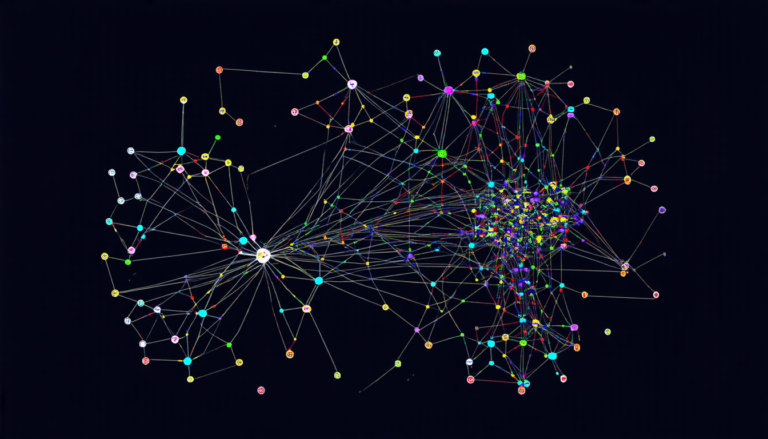Tuesday 09 September 2025
Researchers have made a significant breakthrough in the field of artificial intelligence, developing a new framework for multimodal emotion recognition that outperforms existing methods. This technology has the potential to revolutionize the way we interact with machines and could be used in a wide range of applications, from customer service chatbots to mental health monitoring.
The study focuses on the MER2025-SEMI challenge, which aims to recognize emotions in videos using multimodal inputs such as audio, text, and visual data. The researchers developed an enhanced cross-modal fusion architecture that leverages large language models and pre-trained models to extract informative features from each modality.
One of the key innovations is the use of a dual-branch visual encoder that integrates global scene information with fine-grained facial cues. This allows the model to capture a more comprehensive understanding of the emotions being displayed in the video. Additionally, the researchers incorporated a context-enriched method using large language models to enhance the emotional expressiveness of text features.
The framework also includes a multimodal fusion strategy based on self-attention mechanisms with residual connections. This enables the model to dynamically weight the contributions of each modality and refine the joint representation. The researchers found that this approach not only improved the overall performance but also enhanced the robustness of the system against noisy labels in the training data.
The results are impressive, with the new framework achieving a weighted F-score of 87.49% on the MER2025-SEMI dataset. This outperforms the official baseline by a significant margin and demonstrates the potential of this technology for real-world applications.
This breakthrough has far-reaching implications, from improving customer service interactions to monitoring mental health and well-being. The ability to accurately recognize emotions in videos could revolutionize the way we interact with machines and each other. The researchers are excited about the possibilities this technology presents and look forward to exploring its potential further.
The study’s findings have significant implications for the development of more advanced artificial intelligence systems that can better understand human emotions and behavior. As the field continues to evolve, it will be exciting to see how this technology is applied in various industries and applications.
Cite this article: “Breakthrough in Multimodal Emotion Recognition: A New Framework for Artificial Intelligence”, The Science Archive, 2025.
Artificial Intelligence, Emotion Recognition, Multimodal Inputs, Video Analysis, Facial Cues, Language Models, Self-Attention Mechanisms, Residual Connections, Customer Service, Mental Health Monitoring.







